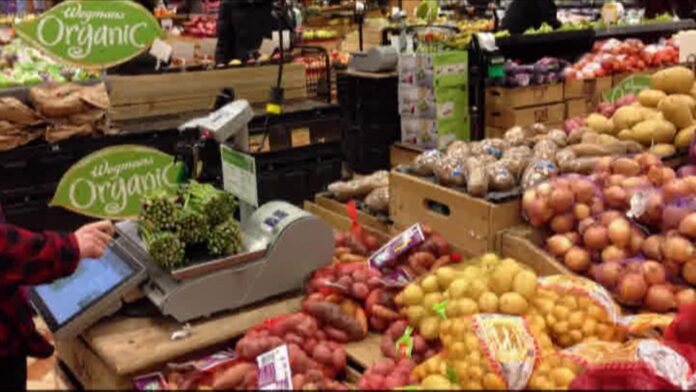Vancouver –
It’s a shocking statistic that you would only hear in a rich and privileged country like Canada. More than half of all food in the country is wasted, 58 percent to be precise. Those numbers come from the non-profit Second Harvest, which conducted a nationwide study over two years ago and found that more food is wasted than Canadians consume.
With National Waste Reduction Week starting, Second Harvest is calling for greater engagement to help end food waste. The call comes amid millions of Canadians struggling to get food on the table.
“We need to set goals because there is a direct link between food waste and the climate crisis,” said Lori Nikkel, CEO of Second Harvest.
Nikkel told CTV News Vancouver that processing and manufacturing are the largest sources of avoidable waste.
Some companies have even gone so far as to use the best before date, which gives consumers the impression that food should be thrown away after that date.
“The best before doesn’t mean bad after, it doesn’t really mean a lot,” said Nikkel.
The study offered recommendations to the federal government, including changes to crop insurance, expiration dates, and avoiding bulk purchases.
“Political changes need to be made now. We need to start measuring and monitoring food waste along the entire supply chain. There must be consequences for the industry to achieve these goals, or there are consequences. And the consequence doesn’t have to be bad, it could be a tax incentive, ”said Nikkel.
Some industries like Maple Leaf Foods are working on the solution, claiming to be the first company in the world to be carbon neutral.
And Vancouver-based start-up Spud, an online grocery store that seeks to reduce food waste in many ways, including donating products that are about to expire to charity.
However, reducing food waste can also be done at home.
“This is a good start,” says holistic nutritionist Christina Wilton.
“Try to be as creative as you can with the food in the back of the refrigerator and make sure it’s still eaten,” said Wilton.
“Carrots in the back of the refrigerator that are starting to look suspicious can still be put in soup,” added Wilton.















